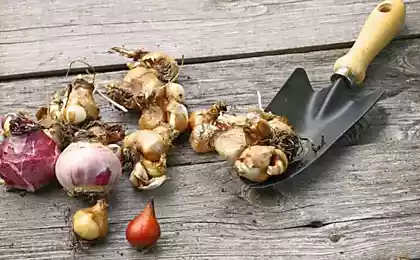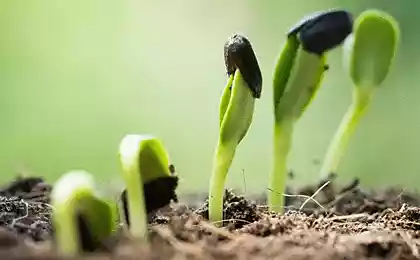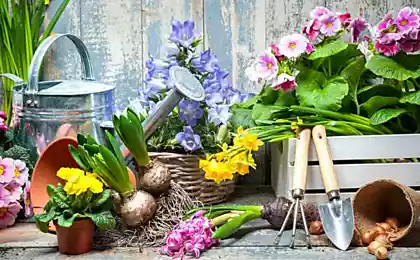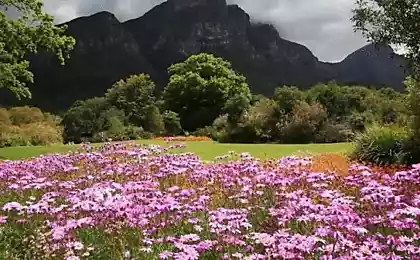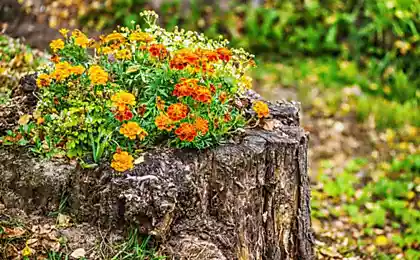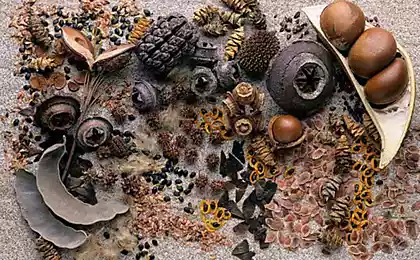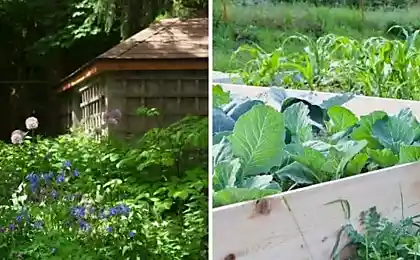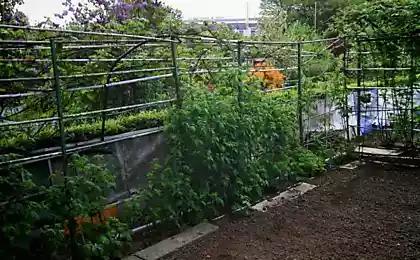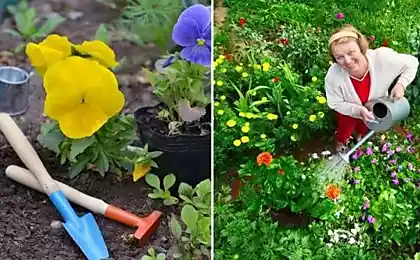221
Golden Rules of Spring Planting
The landing season is in full swing. In order for the garden and garden to please you with friendly shoots, when planting plants, you need to take into account absolutely all the nuances, including the characteristics of each culture.
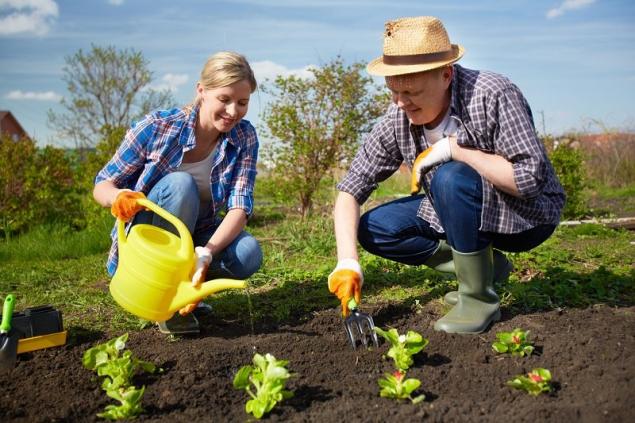
How to plant a plant "Site" He suggests recalling the most common mistakes that are made when planting plants, beginners. This will allow our readers to avoid their repetition and get enviable harvests as a result.
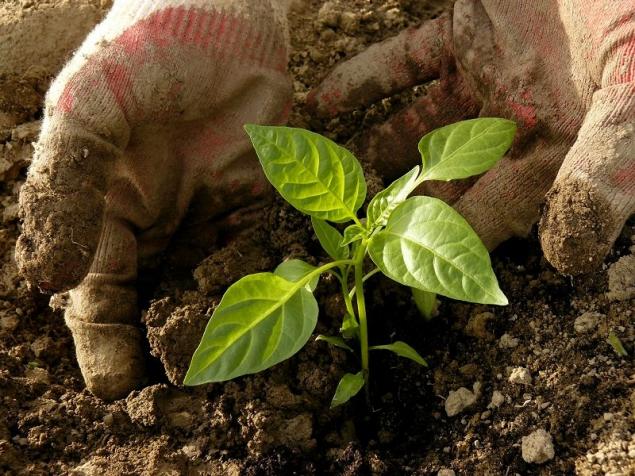
Plants that “friend” and grow better together are called companion plants. Find out the secrets of their joint landing. Tomatoes, for example, like the neighborhood of carrots, dill and basil, and the neighborhood of potatoes is harmful.
Happy owners of suburban housing have a great opportunity to grow a luxurious garden next to the house. Which Green Friends Should I Choose? After all, every plant needs certain conditions for growing, and you want to be useful, and the appearance of the garden is pleasing.
Editorial "Site" I studied ritual practices and found out what trees to plant near the house to avoid misfortune.

How to plant a plant "Site" He suggests recalling the most common mistakes that are made when planting plants, beginners. This will allow our readers to avoid their repetition and get enviable harvests as a result.

- Failure to meet optimal landing times
A rich harvest is not a coincidence of circumstances, but the result of the laborious work of the farmer. Therefore, choosing plantingThere are many factors to consider. Air temperature, soil humidity and temperature, lighting, daylight duration and even the phases of the moon matter. Depending on the area and planting material, the landing is carried out in the following terms.
In the southern regions, plants with an open root system are planted from the end of November to the end of February, with a closed root system (in containers) - throughout the year (in the summer with shading).
In the northern regions, spring planting of plants before the beginning of vegetation looks preferable, preference should be given to planting plants with a closed root system.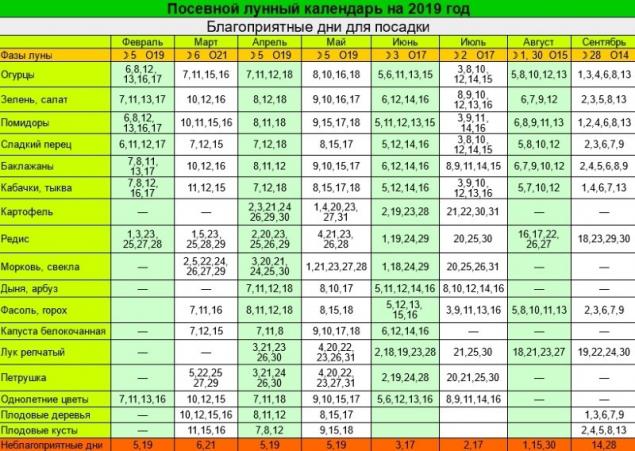
- Incorrectly preparing the landing pit
The pits must be cooked two to three weeks before landing. And for spring planting, it is best to dig holes from autumn. For seedlings with a closed root system, the pits are dug 30 cm more than the value of the root coma. For shrubs, a hole is usually dug in the size of 40 x 40 centimeters - this is two bayonet shovels and a depth of one bayonet. The pit under the apple tree for a standard seedling should be about 1-2 meters in diameter and 0.4-0.6 meters in depth.
The depth of the pit is the height of the coma. At the bottom pour 10–25 centimeters of the planting mixture and tamp. If the soil is clay, then the hole should be wider. If there is sand on the site, then the pit is created a little narrower and a little deeper.
As an organic fertilizer for a planting pit suitable for overstretched manure or compost. Sluggish organic fertilizers are not introduced into planting pits, because they decompose poorly at depth and can poison the roots of the plant. If the soil is acidified, then wood ash is added to the mixture for filling.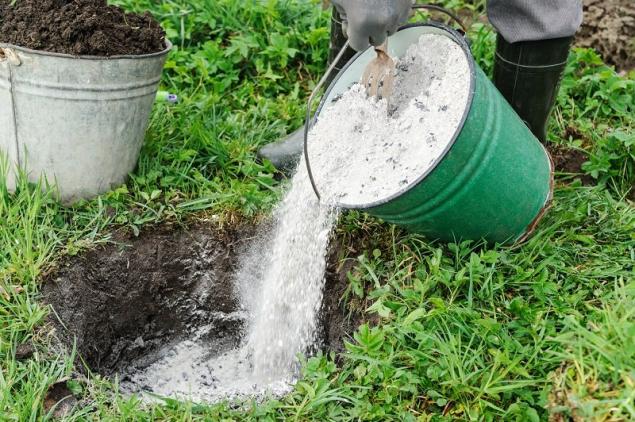
- Ignoring the consequences of construction
On the sites that were under construction, with a large amount of construction debris, it is necessary to dig holes with a size of at least 150 x 100 centimeters with complete soil replacement. - Mixing soil layers
In the preparation of planting pits, one of the most common mistakes is mixing the upper fertile layer with the lower one - infertile. Only fertile soil is suitable for filling the roots.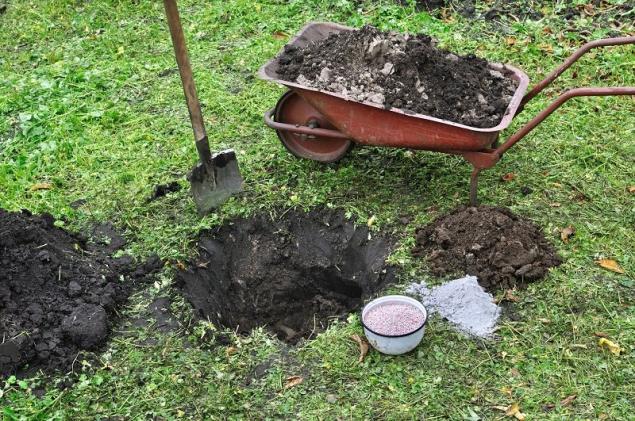
- Bring in fresh manure
Inexperienced gardeners make fresh manure in the planting pits, which can burn the roots and the whole plant. When planting, only intermittent manure should be used. Weak manure to make in the planting pit is also undesirable, since there is a high probability of reducing the survival of the plant.
- They don't drain.
On heavy, clay, too moist soils, many forget to make mandatory drainage from rubble and sand. - Do not make an audit of the root system
Carefully examine the roots, trim soaked, torn, removed broken, inspect for the presence of growths of root cancer. Such seedlings should be rejected. Then set the seedlings on the landing hill and spread the roots evenly along it. Only after that, fill it with earth.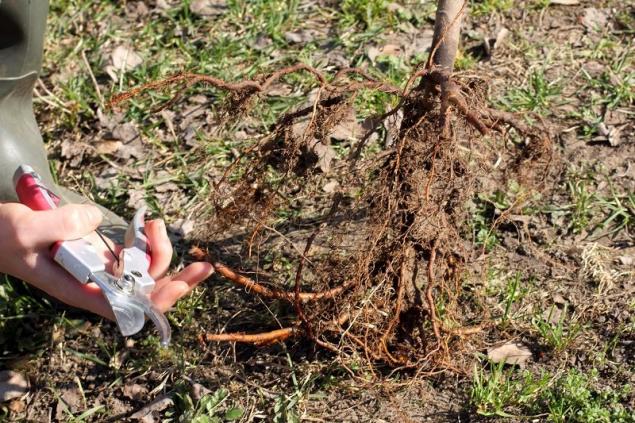
- Incorrectly determine the position of the root neck
Often beginner gardeners, wanting to grow fruit trees on their site, complain of poor survival of seedlings. The main reason for this is usually an incorrect, too deep landing. For most fruit crops, experts recommend taking the root neck of the seedling as a landmark and planting it so that it is located at the same level with the surface of the ground or slightly higher, so that when the soil settles, the seedling does not drag down.
However, many beginners simply do not know what it looks like. root-neck. As a rule, in this place, the light brown color of the roots smoothly turns into a greenish shade of the stem. The root neck of the seedling is usually located 3-4 cm above the upper lateral branch of the tree root.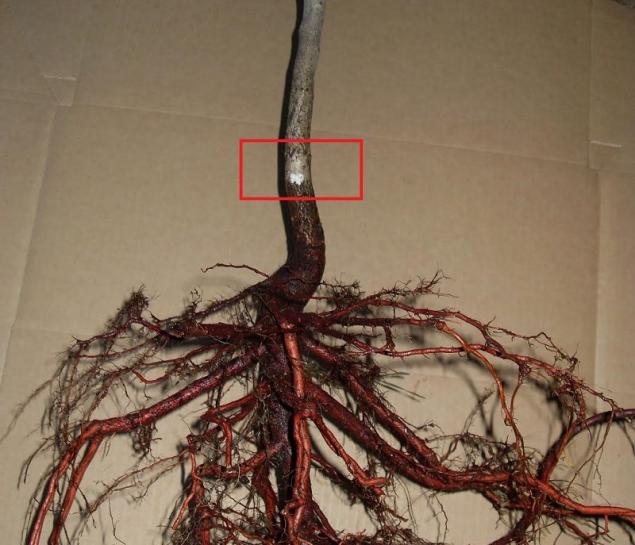
- Ignoring the need to prune plants
Weak and broken shoots must be removed before landing. For example, roses usually leave 3-4 strong shoots with 2-4 buds on them.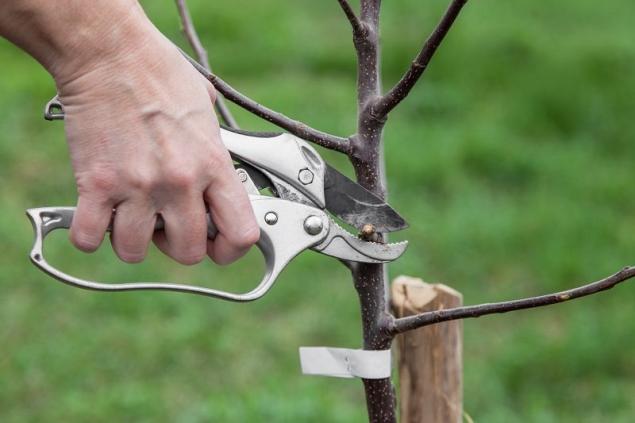
- Lazy to make a "miracle" clay chatter
Such talk increases the survival of plants. To make it, you need to take clay, ten liters of water, a heteroauxin tablet and a kilogram of intermittent manure. The roots should be dipped in the resulting mixture, after half an hour the dried roots can be buried in a moistened pit.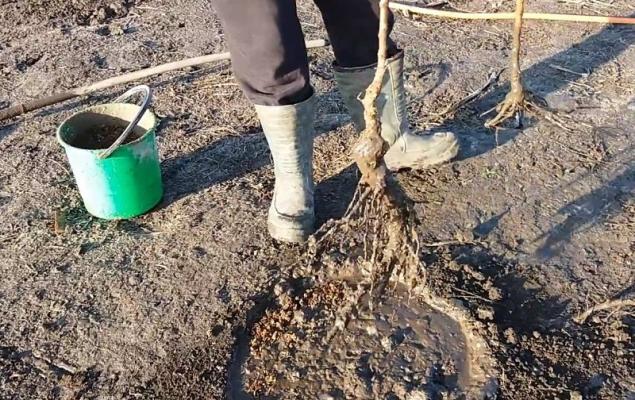
- Forget about watering before landing
It is important to water the filled planting pit before planting plants. - They don't keep the root.
When planting plants with a closed root system, this often happens if the plant has not been watered before it is released from the container.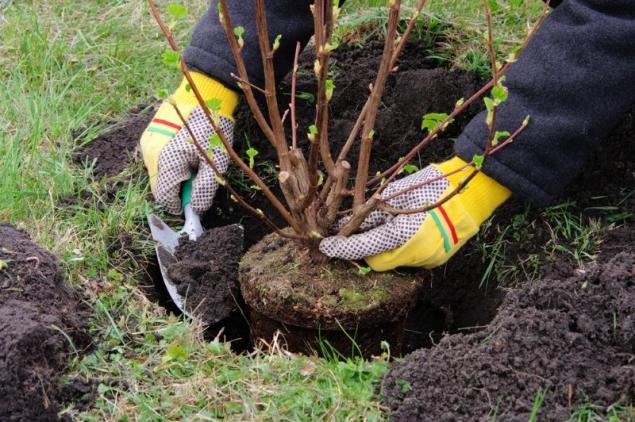
- Forget about supports and garter
Seedlings planted on the windward side must be tied to support stakes, which are installed in pits before or during planting. Immediately set the support for the vines.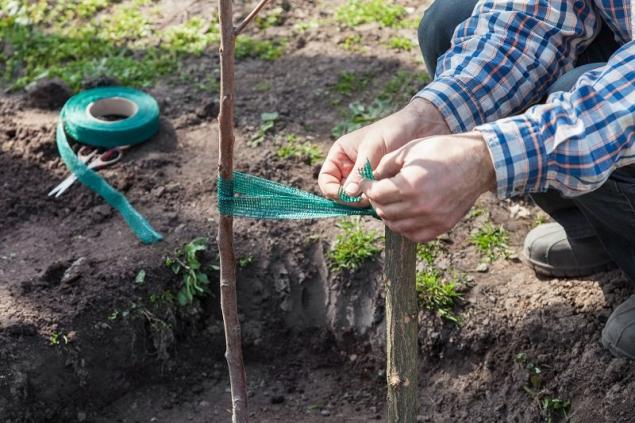
- Do not adhere to recommendations on mulching
Around planted plants, the soil must be compacted, watered, covered with sawdust, peat or crushed bark to restrain the development of weeds and reduce the evaporation of moisture.
586110 - Forget about seedlings after planting
In the year of planting, many forget to shelter young plants for the winter to protect them from frost (especially coniferous plants, evergreen rhododendrons). It is very important: do not forget to water the seedlings abundantly before winter. Especially conifers. In the spring, when the sun warms, the needles will begin to actively evaporate moisture, and the roots will not be able to absorb it from the frozen soil. The plant can simply dry up.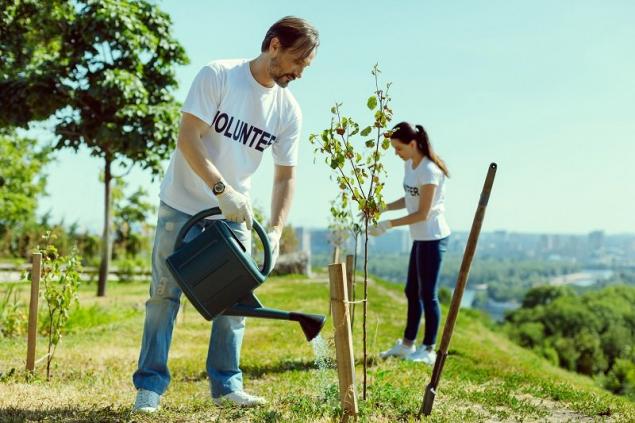
Plants that “friend” and grow better together are called companion plants. Find out the secrets of their joint landing. Tomatoes, for example, like the neighborhood of carrots, dill and basil, and the neighborhood of potatoes is harmful.
Happy owners of suburban housing have a great opportunity to grow a luxurious garden next to the house. Which Green Friends Should I Choose? After all, every plant needs certain conditions for growing, and you want to be useful, and the appearance of the garden is pleasing.
Editorial "Site" I studied ritual practices and found out what trees to plant near the house to avoid misfortune.













